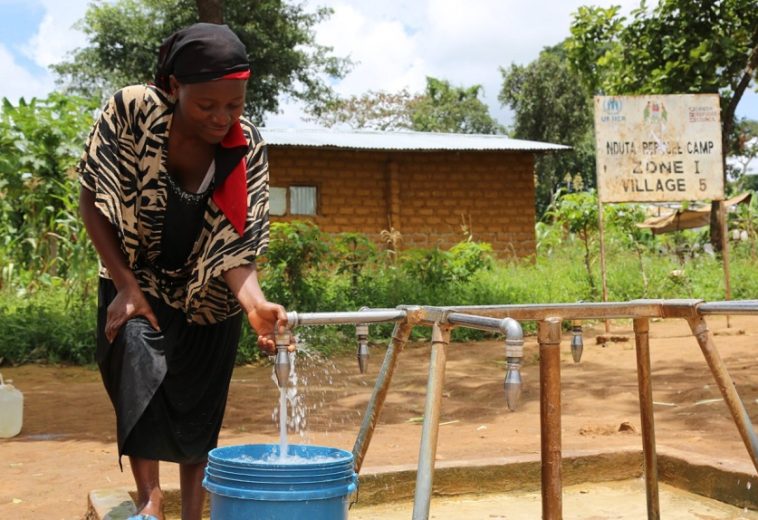Migration within Africa is a sensitive topic that is as complex as migrating out of Africa to Europe, Asia, or North America. Reports from the International Organization for Migration (IOM) reveals that Africa hosts some of the largest migration corridors globally. Migration flows from West Africa to North Africa, East Africa, and Southern Africa are the numbers are massive.
According to chapter three of the IOM’s Migration and Migrants: Regional Dimensions and Developments report, since 2000, there has been a rise in migration within Africa. The number of Africans residing in various regions increased from approximately 17 million in 2015 to over 19.5 million by 2020. By May 2023, more than 2 million individuals had been internally displaced due to drought in Ethiopia and Somalia combined. At the beginning of the same year, over 866,000 refugees and asylum-seekers in Kenya, Ethiopia, and Somalia were living in areas affected by the drought.
At its core, migration within Africa is influenced by a myriad of factors, including economic opportunities. Just as Africans seek better livelihoods and safety abroad, many also move within the continent for similar reasons. Individuals from countries like Nigeria, Ghana, and Senegal often migrate to neighboring states or regions with more robust economies, such as Countries with urban areas like Nigeria, South Africa, Kenya and Rwanda, or Morocco, are leading destinations because of the employment prospects and better living conditions.
Environmental factors, , play a critical role in shaping migration within Africa. Environmental changes such as desertification, drought, and flooding force people to leave their regions in search of stability. These weather conditions affect agricultural activities and facilitate diseases which in turn forces people to migrate to less affected areas. Regions like the Sahel and the Horn of Africa are particularly vulnerable to climate change.
The complexities of intra-African migration go beyond mere economic considerations. The history, culture, and political systems of African nations shape migration patterns. Borders, often arbitrarily drawn, continue to affect the movement of people, sometimes leading to tensions and disputes. Ethnic groups divided by national boundaries seek to reunite or maintain cultural ties, resulting in cross-border migrations that can be politically sensitive.
Political instability and conflict are also significant drivers of migration within Africa. Countries experiencing civil wars, insurgencies, or political persecution often see large numbers of people fleeing to neighboring nations.
The displacement of people due to conflicts in regions like the Great Lakes, the Sahel, and the Horn of Africa has led to protracted refugee situations, straining the resources and infrastructure of host countries. Currently, there are over 30 million refugees and asylum seekers within Africa and war and conflicts are responsible for the displacement of more than 18 million of these people.
Social infrastructure like hospitals, schools, libraries, etc pull people from rural to urban areas. Countries with more advanced and sustainable social services structures available, experience a high influx of people in need of these services. Countries like Egypt and Morocco have high immigrant numbers for people seeking to utilize their educational and health sectors.
READ ALSO: A Sharp Focus on Curbing Youth Migration in Africa
Migration within the continent has impacts that affect the continent positively and negatively. They not only affect the continent but the individuals, communities and countries. Internal migration stimulates economic growth in urban areas. Due to the increase in new arrivals and labour availability, it can cause a strain on urban infrastructure and availability of jobs in these urban areas.
Migration within the continent brings about a shift in demography. It brings people with diverse social backgrounds together and promotes multi-cultural cohabitation. This affects cohesion, community structures, and local cultures. Internal migration also influences political dynamics, voting patterns and the allocation of resources. In areas affected by conflict, internal migration might strain the regional stability and security.
In as much as environmental challenges facilitate migration within the continent, increased urbanization also increases environmental pressure and pollution. These can be rectified by enforcing adequate urban planning and deployment of sustainable measures.
Internal migration within Africa is an important aspect of the continent’s development. Economic, environmental, and social factors are reshaping the African landscape and are facilitating migration within the continent is crucial for policymakers, urban planners, and development experts as they address the challenges and opportunities that come with a rapidly changing demographic and geographic landscape.




